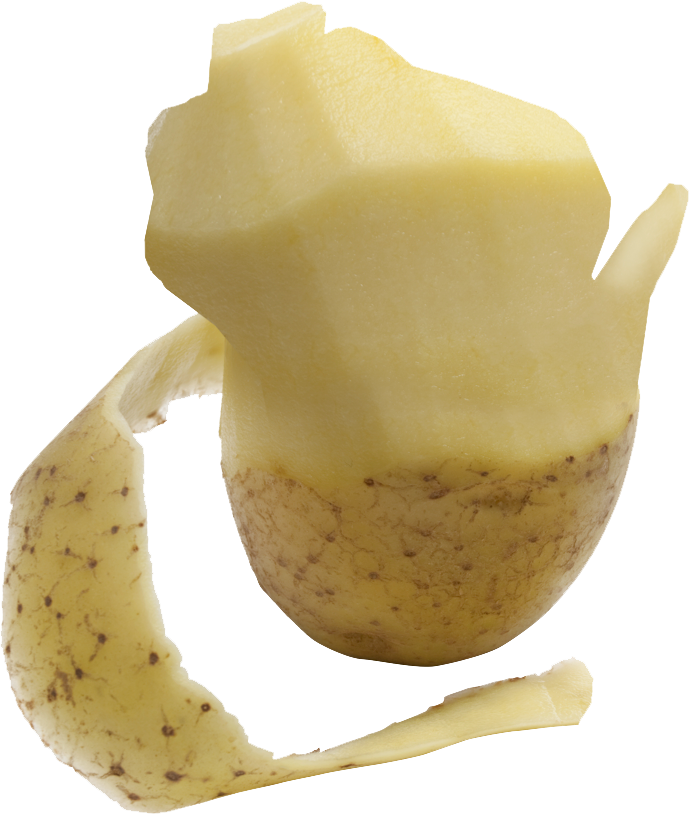Little Plover River Conservancy Project
Unites All Stakeholders
By Ruth Faivre, Managing Editor
Working together, Wisconsin’s citizens can solve the most complex problems even when they involve a number of diverse sectors such as Wisconsin’s base of potato and vegetable growers, other agricultural interests and associations, government entities, businesses, environmental groups, conservationists, universities, hunting and fishing enthusiasts and the general public.
That is certainly true of what was once termed, “a hot potato”; the Little Plover River watershed’s rising and falling water flow levels.
Meeting the challenge head-on over the past years, all of the interested parties in this consortium have gathered and shared data, investigated possible solutions, reviewed reams of research, attended numerous meetings and strategized for countless hours.

OUTCOME
Finally, all of their hard work is starting to produce tangible results with the announcement of the Little Plover River Conservancy Area Project, a far-reaching undertaking involving the Village of Plover, Wisconsin Department of Natural Resources (DNR) and Wisconsin Department of Transportation (DOT) applying for a comprehensive grant.
Jointly, these three governmental groups, other local leadership and area farmers will develop 140 acres of land near the Little Plover River into a conservancy, while also creating an agricultural education center and potential new headquarters for the Wisconsin Potato & Vegetable Growers Association (WPVGA).
DNR representatives facilitated discussions, provided guidance on the creation of this conservancy area and commissioned a study of the Little Plover River water model to help identify ways to improve stream flows.
FINE POINTS
The grant provisions also involve Del Monte Foods, Inc. of Plover, WI moving its discharge of nutrient-rich cooling water closer to the Little Plover River recharge area, thereby increasing and revitalizing the Little Plover River’s stream flows and water quality. Additionally, increasing the amount of land under the Del Monte Nutrient Management Plan (NMP) may help generate further opportunities for other parties to utilize the nutrient-rich Del Monte cooling water.
The Little Plover River Conservancy Project will also encompass these benefits:
- Provide supplemental public access to the river
- Create more wetland areas in the Little Plover River headwaters.
- Restore shorelines and streambeds from Springville Pond to the headwaters.
- Refurbish the Kennedy Avenue flow by removing drainage ditches while allowing for spring runoff when water levels are high.
- Establish a central location to promote and educate the public regarding Wisconsin’s rich agricultural traditions, crop facts, economic impact and good steward practices while reinforcing the state’s commitments to natural resources and the environment.
- Provide opportunities for educational interaction such as school classes planting trees and prairie plants supervised by UWSP College of Natural Resources students.
WPVGA STATUS
Recently, the WPVGA Board of Directors passed motions to support working with the Village of Plover and the DNR on the Little Plover River Conservancy Project and to modify the WPVGA By-Laws to allow the relocation of WPVGA’s headquarters to any potato-growing region of Wisconsin. The relocation motion was approved as an amendment to the WPVGA bylaws at the WPVGA annual board meeting held February 5, 2015 in Stevens Point.
THE NEXT STEP
The Village of Plover and WPVGA will partner with the Community Foundation to raise funds and in-kind donations for these purposes:
- Development of Little Plover River conservancy area overall.
- Construction of nature trails connecting the Little Plover River conservancy area to the Green Circle, the Amherst bike trail and Village of Plover residential areas
- Excavation of a 10-acre pond, building berms and a sledding hill.
- Creating a wetland area with an elevated walkway.
- Building an all season meeting space as well as group shelters.
- Establishing hunting and fishing access and erecting hunting blinds for deer and duck hunting.
- Restoring stream banks.
- Improving fish and wildlife habitats and providing fishing piers.
- Designing and constructing pavilions and parking areas.
- Creating educational learning opportunities with dedicated kiosks and signage within each pavilion and along park trails.
- Planting and landscaping prairie land and reforesting areas.
This project is now underway and some site work will begin in 2015 with the goal of significant completion in 2016.
CAMPAIGN GOALS
Initial projections are estimated around the one-million dollar range with $500,000 for the Little Plover River Conservancy Project and $500,000 for relocating WPVGA headquarters from Antigo to a parcel adjacent to the Little Plover River entrance off County R. Local growers have already initiated the WPVGA fundraising efforts.
If the WPVGA office is relocated to this property, the new building is proposed to be about 3,200 square feet. The land and building will be funded through the fundraising campaign and then deeded to WPVGA. WPVGA will be responsible for real estate taxes, building and grounds maintenance, utilities and other bills, just like the organization does today.
The WPVGA Finance and Administration Committee will continue to research all aspects of this proposed WPVGA offices relocation from Antigo closer to the heart of Wisconsin’s prime potato growing region and the state capitol for legislative issues.
Most importantly, with all interested parties working together as “partners” and everyone’s voice counting, the future holds much greater promise of a balanced use of water and natural resources.
For more details or to contribute, contact Jeremie Pavelski, Heartland Farms: jpavelski@hfinc.biz or Jim Wysocki, Wysocki Family of Companies: jim.wysocki@rpespud.com.
FUNDRAISING CAMPAIGN GOALS
WPVGA Headquarters: $500,000
Little Plover River Conservancy: $500,000
SPONSORSHIP LEVELS
- Gold Sponsor -$50,000
- Silver Sponsor – $25,000
- Bronze Sponsor – $10,000
You can also partner with this project through in-kind donations, which will play an important part in its success. Donating your professional and organizational skills, heavy equipment, building supplies and landscaping/hardscaping components for tasks like clearing land and brush, landscaping and construction will help make this project a success.



